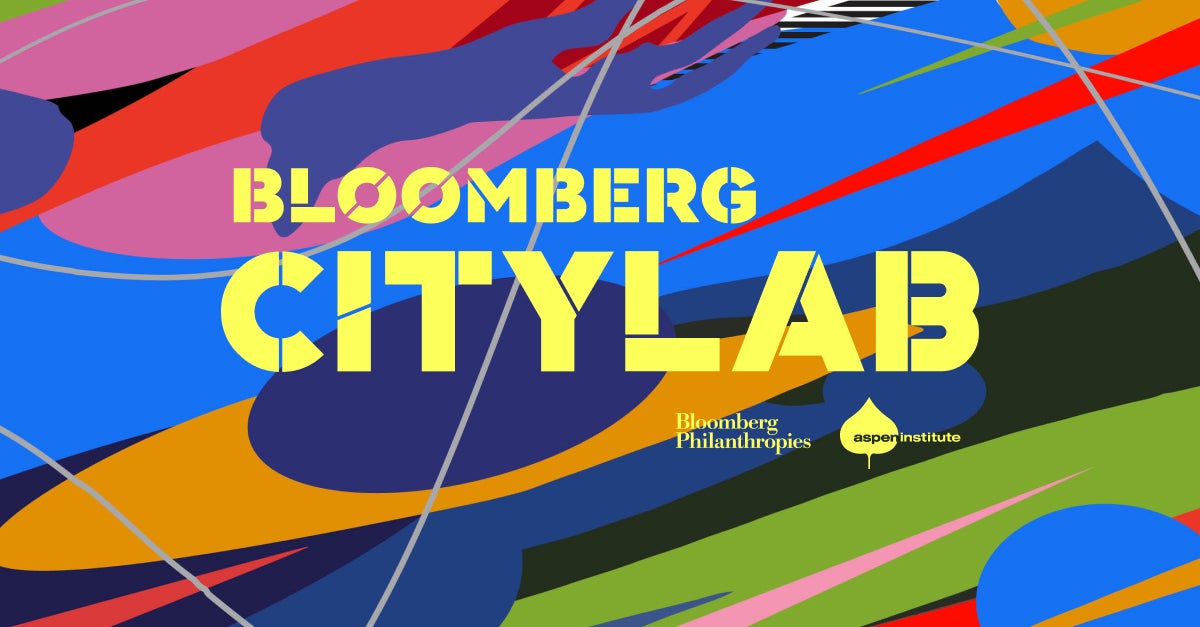Less than a month after the United Nations formally adopted 17 new Sustainable Developments Goals (SDGs) targeting extreme poverty, the Trans-Pacific Partnership (TPP) was finalized. The TPP is a far-reaching agreement setting rules and policy for trade between the U.S. and 11 other Pacific Rim nations. Although some provisions in the pact could help small businesses by lowering trade barriers for goods and services, progressive groups fear that the agreement still favors big business too much.
While we are waiting for the TPP to be officially released for public viewing, I wanted to take a look at how small women-owned businesses will fare under the agreement, and how their success will factor into two Sustainable Development Goals: eradicate poverty and increase women’s economic development. From my experience, the TPP represents a solid chance to make progress on the SDGs by delivering economic opportunities for women through access to expanded markets.
In order to truly empower women economically, the trade agreement must include both large and small businesses (especially those owned by women), many of which produce high quality artisan goods. Supporting these artisan enterprises through their inclusion in the global supply chains of multinational corporations will prove the accord’s impact.
This is the best way TPP can increase jobs and women’s overall economic development. Although incorporating artisan businesses in international supply chains may present a logistical challenge, overall it is a savvy business and development decision. This is especially true given that consumer demand for handmade clothing, accessories and décor is on an upswing. When the 2008 global financial crisis drove markets down by nearly one quarter, demand for artisan products kept growing, doubling in value from just six years before.
In many developing countries, artisan businesses are the second largest employer after agriculture. Globally, more than half of artisans are women, and that plays into an important detail: when women are empowered to decide how to spend their income, they invest more money into their children and families. This income investment trend leads to healthier and more educated communities. (This doesn’t even account for how large businesses can show an increased commitment to social responsibility and international development while increasing their bottom line by investing in small women-owned enterprises.)
Through my work managing the Alliance for Artisan Enterprise, a joint project of the U.S. State Department and the Aspen Institute, I came to know two Rwandan women, Joy Ndungutse and Janet Nkubana, founders of Gahaya Links. Their organization is a for-profit artisan enterprise that fosters women’s economic development through basket weaving. In its earliest days, Gahaya Links was simply a community effort to bring together Tutsi and Hutu women in a safe space after the country’s 1994 genocide. The result is a business that at times employs more than 4,000 artisans and is consistently ranked as one of Rwanda’s top businesses. This women-owned and operated enterprise sells its products at Macy’s, Starbucks and Anthropologie, among other popular retailers. It has not only created jobs and increased women’s economic development but has also established peace and healing amongst the Tutsi and Hutu tribes.
At a recent celebration of artisan enterprise hosted by the State Department, Secretary Kerry announced his belief in the power and potential of the artisan sector to achieve the SDGs:
The artisan sector is a growing industry with exports. And it is rapidly spiraling upwards from nations that have a per-capita income that is well below the international average. That means that if you’re looking for innovative ways to help developing countries in order to flourish, artisans are a terrific place to begin. The opportunities and the energy are literally all around us, folks, and they’re gaining strength.
Many political leaders, including Democratic presidential contenders Sen. Bernie Sanders and former Secretary of State Hillary Clinton have expressed their disappointment with the TPP. Often, the agreement’s support of big business over smaller enterprises is cited as a primary concern. However, global trade shouldn’t force a choice between supporting small and big enterprises. We can invest in both through corporate-artisan enterprise partnerships. Large businesses must include small women owned businesses like artisan enterprises in the global supply chain. These partnerships give entrepreneurs and small shareholders access to new and expanded market opportunities that will reduce poverty and increase women’s economic development.
When the UN adopted the SDGs, the world joined together to take a stand against extreme poverty and build on the remarkable progress of the millennium development goals adopted 15 years before. With the TPP, leaders have a chance to ensure that the world’s largest regional trade accord is inclusive and accessible to women-owned businesses like Gahaya Links throughout the entire Pacific Rim. Private sector entities should explore ways to include artisans in their supply chains as Coca-Cola and west elm have. Retailers can easily tap into the production of artisan-made goods by partnering with companies that already source and produce artisan goods for a network of retailers including such household names as Nordstrom and Nike.
Secretary Kerry noted that artisans “would equal the fourth largest economy in the world if you put them all together. Nobody should ignore that.” As the TPP continues to evolve, large corporations which stand to benefit must be encouraged to collaborate with small businesses like artisan enterprises. That’s the only way we can start making headway towards the ambitious sustainable development goals to eradicate poverty and increase women’s economic development by 2030.
